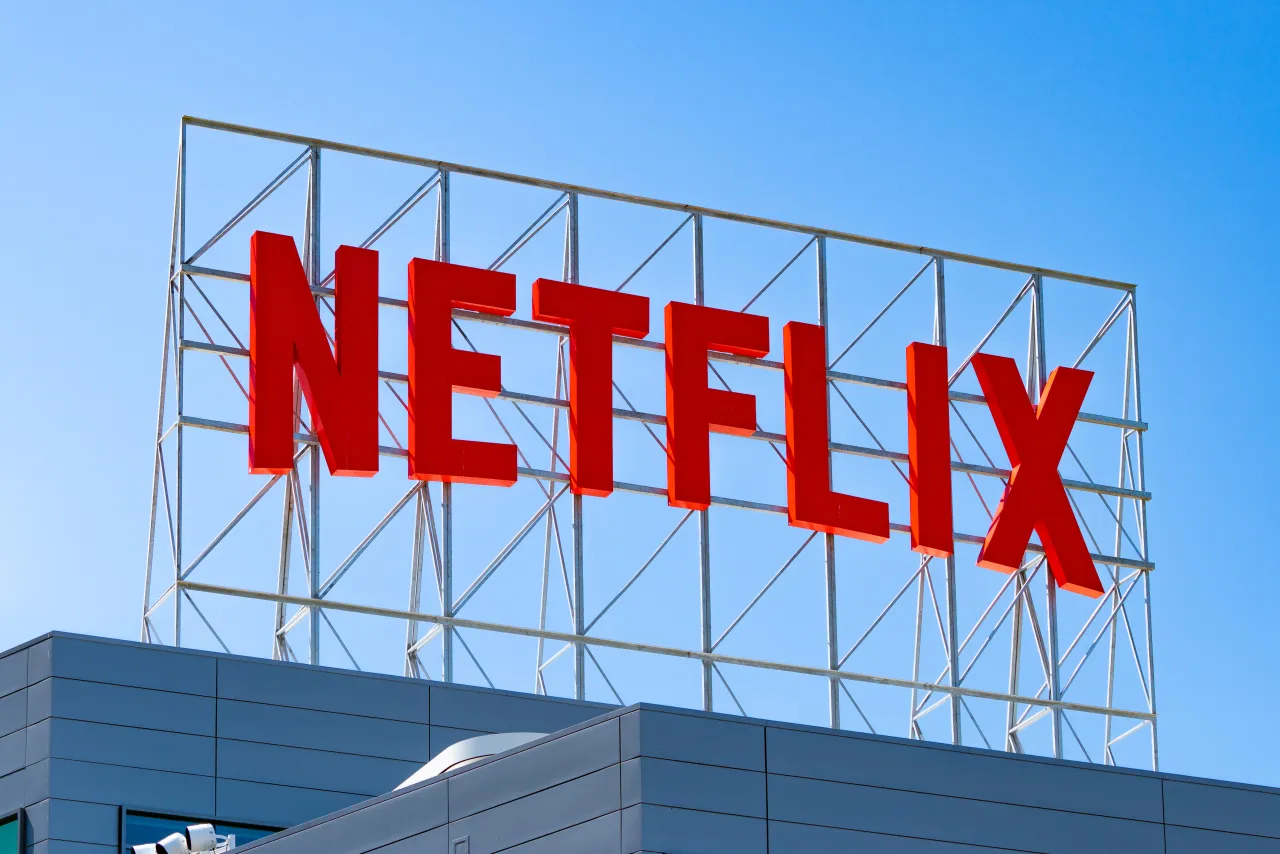
Netflix’s ‘All-In’ Generative AI Strategy: Efficiency Tool, Not Creative Backbone
Netflix’s Calculated Pivot on Generative AI
The global entertainment industry is currently navigating a significant reckoning with generative artificial intelligence. Against this backdrop, Netflix has articulated a clear position. In its latest quarterly letter to investors, the company stated it is “very well positioned to effectively leverage ongoing advances in AI.” This declaration signals an “all-in” approach to the nascent technology. The core tenet of the Netflix generative AI strategy is clear: AI serves as a tool for efficiency and enhancement, not as the backbone of original content creation.
CEO Ted Sarandos emphasized this distinction on the recent earnings call. He stressed that great art still requires a great artist. AI can provide creatives with better tools to enhance the overall TV and movie experience. However, it does not automatically make someone a great storyteller. This perspective aims to soothe industry concerns. It focuses on augmenting human effort, not replacing it entirely.
Deploying AI for Enhancement and Pre-Production
Netflix has already moved past theoretical adoption. The company used generative AI in final footage for the first time this year. This occurred in the Argentine series The Eternaut. A scene depicting a building collapsing was created using the technology. Since that initial use, other production teams have adopted AI for various purposes.
The filmmakers of Happy Gilmore 2, for example, used generative AI to make characters appear younger in the film’s opening sequence. Separately, the producers of Billionaires’ Bunker employed the technology in pre-production. They used it to envision potential wardrobe and set designs. Sarandos confirmed the company is committed to this direction. He noted they are not chasing novelty for novelty’s sake. They are confident AI will help creative partners tell stories better, faster, and in new ways.
Industry Tensions and the Governance Challenge
The embrace of generative AI remains a contentious topic across the entertainment sector. Many artists worry that LLM-powered tools non-consensually used their work as training data. This has the potential to negatively impact their jobs. While Netflix focuses on special effects and enhancement, these behind-the-scenes applications still affect visual effects roles.
Further debates intensified with the unveiling of OpenAI’s Sora 2 model. This audio and video generation model was initially released without guardrails. This lack of protection allows users to generate videos of specific actors and historical figures. The Hollywood trade organization SAG-AFTRA and actor Bryan Cranston recently urged OpenAI to institute stronger safeguards. They specifically called for protection against the deepfaking of actors. When asked about Sora’s impact, Sarandos expressed less worry about the core movie and TV business. He stated that he is not concerned about AI replacing human creativity.
Financial Results and Future Implications
Netflix’s stated commitment comes alongside its latest financial reporting. The company’s quarterly revenue grew by 17% year-over-year. This resulted in a total of $\$11.5$ billion. However, this result fell below the company’s internal forecast. The continued investment in AI technology, despite some financial forecasting misses, underscores its perceived long-term value. This value is tied to efficiency gains and production quality improvements.
The primary challenge for executives navigating this space is balancing competitive pressure with ethical responsibility. Integrating AI for efficiency is a clear business advantage. Yet, the industry must develop robust governance standards to protect artists and intellectual property. The path forward for media giants requires strategic adoption. It also demands sensitivity to the workforce concerns fueled by the capabilities of tools like Sora.
Will the entertainment industry’s bellwethers, like Netflix, successfully drive AI-powered efficiency without provoking widespread structural job displacement and creative resistance?
Explore Business Solutions from Uttkrist and our Partners, Pipedrive CRM [2X the usual trial with no CC and no commitments] and more uttkrist.com/explore



